Louver is a type of window that originated in China. In ancient Chinese architecture, there were vertical windows, which were used in various dynasties from the Warring States period to the Han dynasty. Vertical bars are called vertical lattice windows, and there are also horizontal bars called horizontal lattice windows. The horizontal lattice window is a primitive style of louver, and it can also be said to be the original state of louver.
Unlike ordinary curtains, the light and shadow effect created by blinds is incomparable to any curtain, either soft or mottled... Its unique charm is favored by designers.
Selection of Louvers
1. Check the material
Solid wood louvers
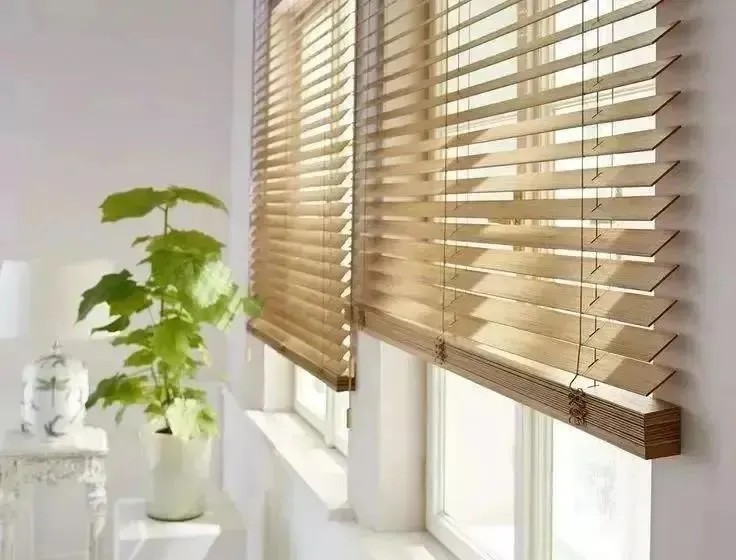
The wooden blinds have a gentle texture and good decorative effect. However, during installation, it is important to pay attention to placing it in a well ventilated and dry area, otherwise it may become damp and moldy after being exposed to rain.
PVC louvers
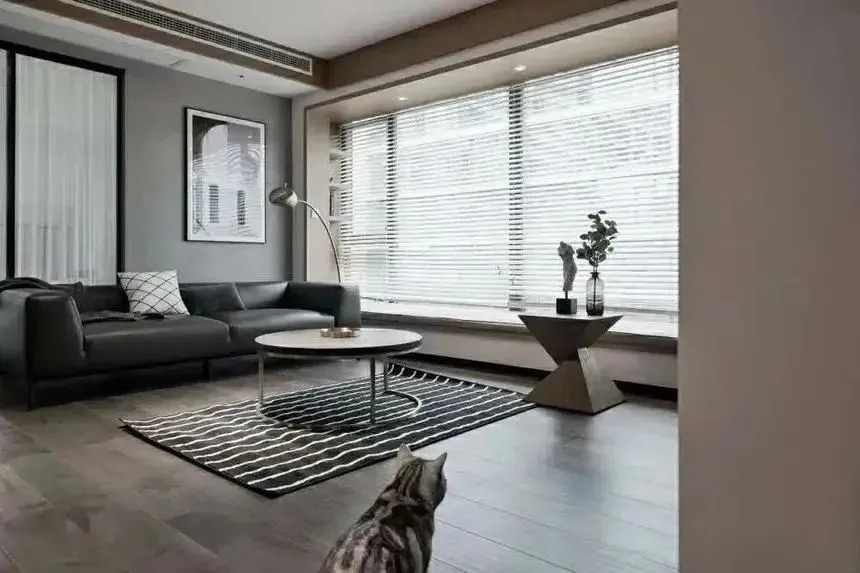
PVC is a plastic material that is the cheapest compared to other materials of blinds, but its texture is also slightly inferior. If the budget is not enough, it can be considered.
Aluminum alloy louvers
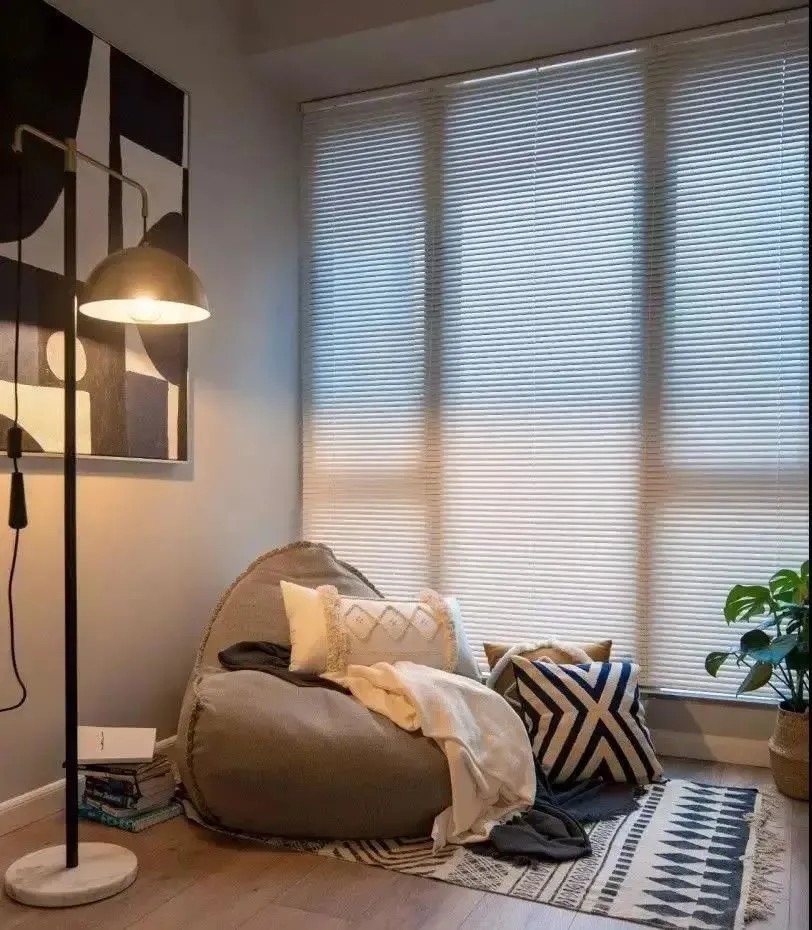
Aluminum alloy is a common material in daily life, which is very suitable for the style of blinds. It does not choose style or space, and has good shading and concealment. It is the most commonly used material for making blinds.
Zinc steel louvers
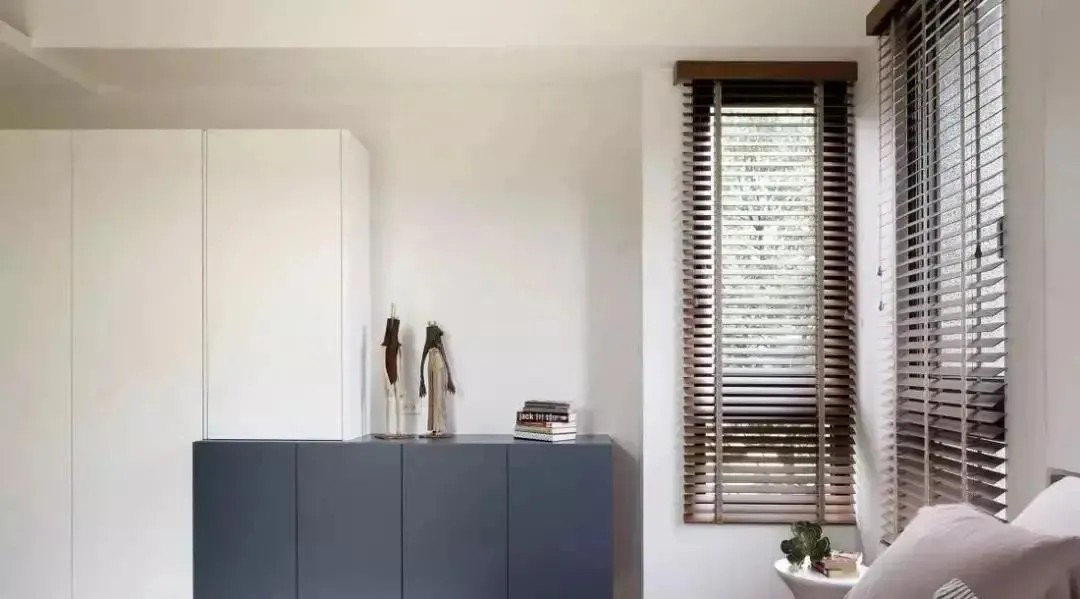
Compared with aluminum alloy materials, zinc steel has more diverse colors and good decorative properties. Owners who think aluminum alloy is expensive can consider choosing this material. But the anti-corrosion and rust prevention properties are not as good as aluminum alloy.
Summary:
Price: Solid wood>Aluminum alloy>Zinc steel>PVC
Appearance: Solid wood>PVC>Aluminum alloy, zinc steel
Cost performance ratio: PVC>aluminum alloy>zinc steel>solid wood
2. Look at the craftsmanship
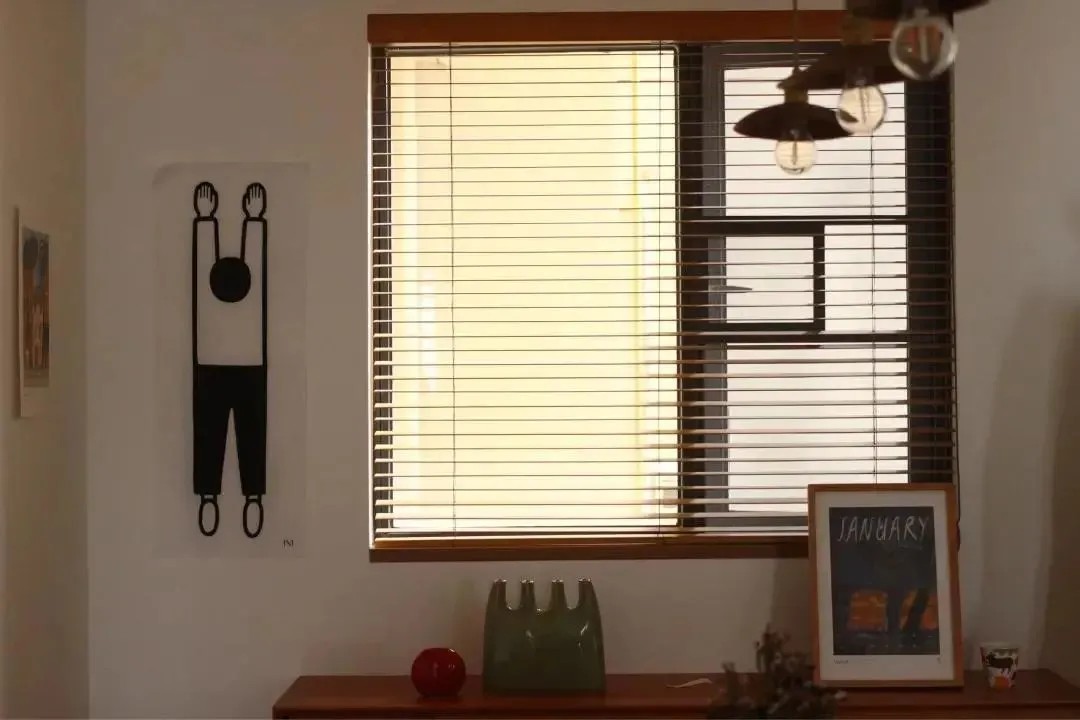
Check if the blades of the blinds are smooth and of consistent size; You can press the blades by hand to quickly restore their original state, and the quality is up to standard.
Secondly, check whether the gaps in the leaves are even and flat. If the gaps are too large, the shading performance will be poor.
Finally, let's take a look at the quality of the accessories. When choosing, it's important to consider the quality of the adjustment rod and pull rope, as well as conducting tests on lifting, opening and closing angles, and ensuring smooth pulling.
3. Look at the color
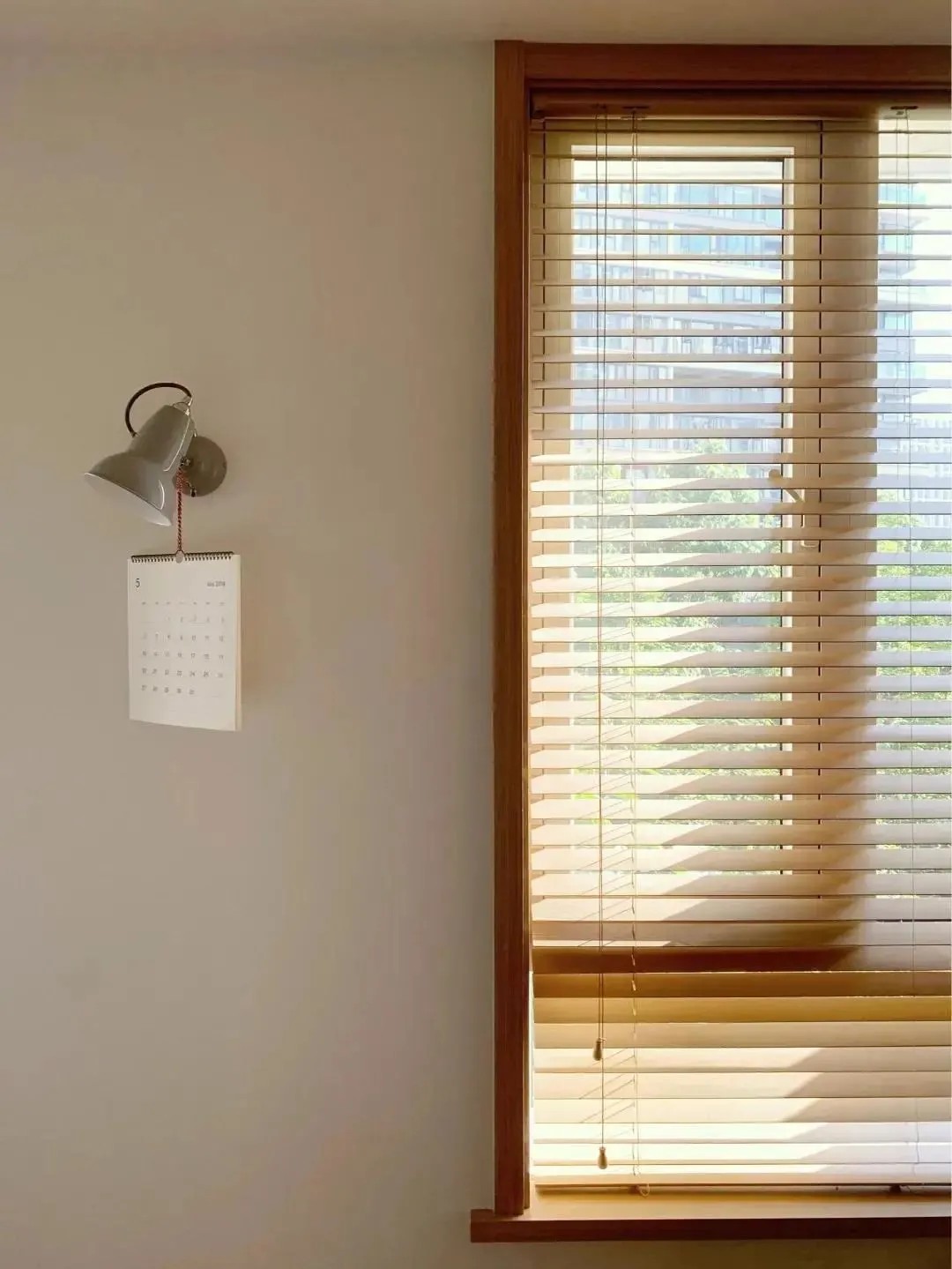
When choosing the color of the blinds, one should not only look at the color of the blinds, but also consider the overall coordination. Choose a color that is similar to the wall color, or choose a versatile color: white, black, wood color, etc.
4. Measure dimensions
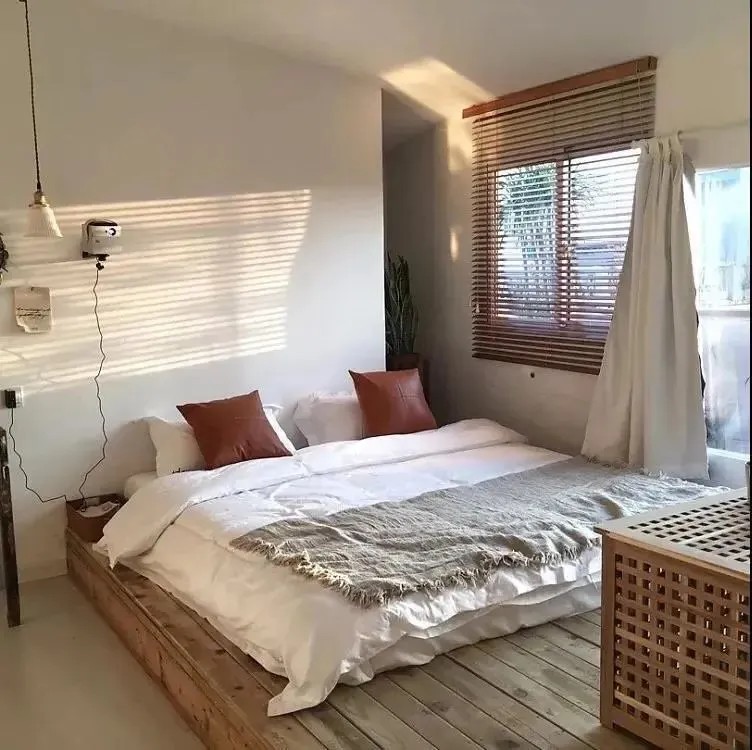
Measure the width of the window frame from left to right, and the widest dimensions on the top, middle, and bottom of the window are the appropriate width for the frame. Ensure that the window depth is sufficient for the louver blades to move freely, and different louver installation methods require different window depths. When installing in a fixed or open position, a depth of 8cm is usually required.

 marketing@kendecorblinds.com
marketing@kendecorblinds.com 






